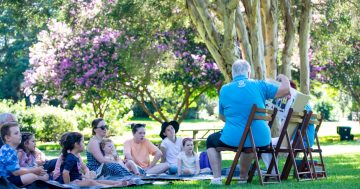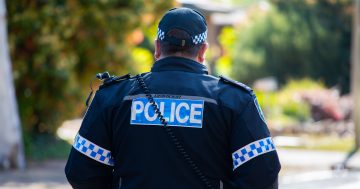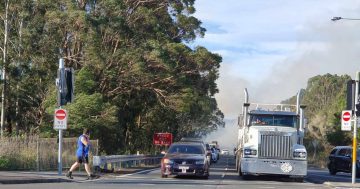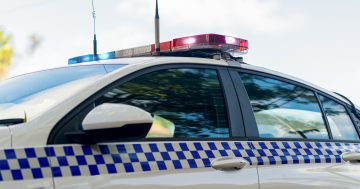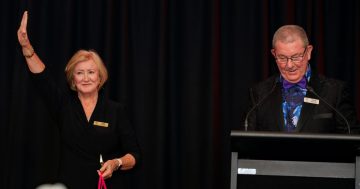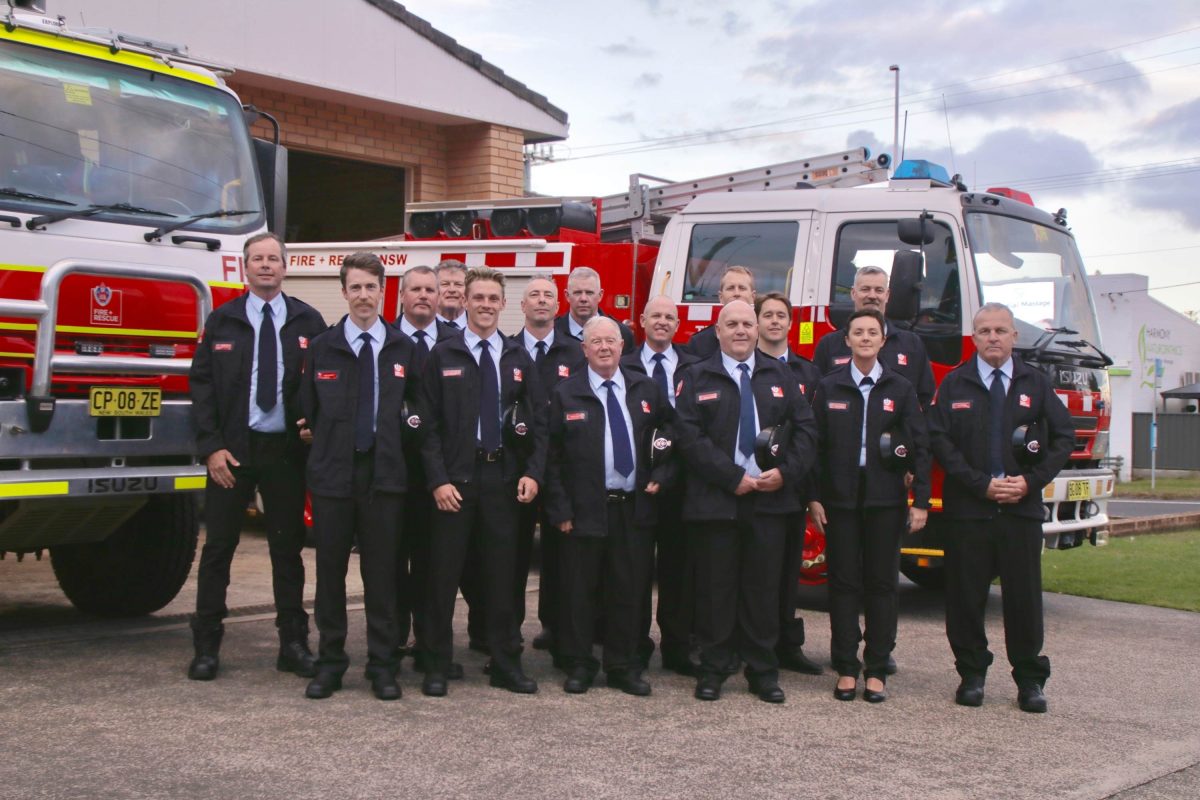
Thirroul Fire Station has marked 100 years of operation. Photo: RFNSW.
Hedley Privett was about 10 years old when he started regularly opening the doors to the Thirroul Fire Station to lend a helping hand.
A young lad with tremendous admiration for the organisation, it wasn’t long before he became a sort of unofficial member of the team. He would attend the Christmas parties and hang out with the firefighters, who told him he’d have to wait until he was 18 to join them officially. In 1977, he did just that.
Today, Privett is captain of the station, which just celebrated 100 years of operation.





The first firefighters were stationed there in 1923, with the original crew working from a small garage, equipped only with a hose reel, hose and minor appliances.
In 1924, a new brick fire station was built – the one a young Cpt Privett would get to know some four decades later. The station gradually advanced to include an engine room, recreation room, storeroom and more equipment.
Only months short of its 50th birthday in 1974, however, this building was demolished and replaced with the building that stands today.
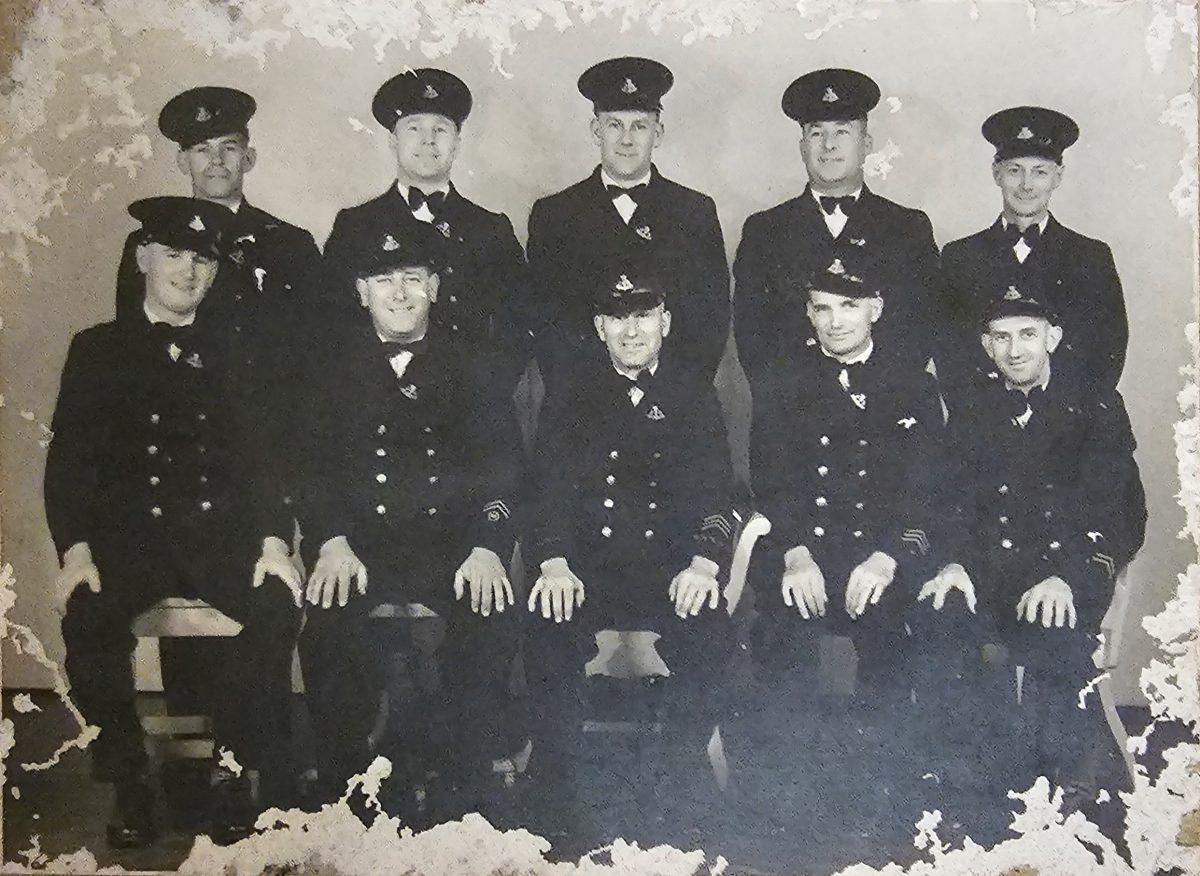
1940 Thirroul Fire Station crew. Photo: RFNSW.
Most of this history predates Cpt Privett. Still, a lot has happened in the 46 years of his career and in the years leading up to it.
He remembers where he was when he saw the first flickers of what became known as the Black Monday fires, which burned their way through large swathes of the Illawarra.
“It was 28 October 1968. I was very young. I was sitting on a bus bench across the road waiting for the bus to take me to wrestling,” he recalls.
“I looked up and saw the flickers of fire along the escarpment.”
He was interstate when in 1973, the Hardie Rubber factory erupted into one of the biggest fires Thirroul had seen, sending black smoke billowing across the seaside town.
And of course, he recalls in 1977, not long after he had joined the station, his very first blaze as a firefighter.
It broke out at the Thirroul Leagues Club, setting the auditorium ablaze. As punters came out with beers in hand, he went in with two other men and a 38 mm hose to tackle what he remembers to be not only his first fire, but one of the biggest in his tenure.
On a call out to Sutherland in 2001, as fires raged through the Royal National Park, he remembers bidding a hasty retreat after receiving word that the fire front was advancing.
“I literally backed the pumper up the steep, winding road because you couldn’t turn around where we were,” he said.
“When we reached the entrance into the national park, the fire actually flashed over the top of us, from one side of the road to the other.”

Black smoke billows at the Hardie Rubber factory fire in 1973. Photo: Wollongong City Libraries.
But not all the most memorable moments have been the most dramatic. On that same callout, he remembers how locals cooked fish they’d freshly caught from a nearby river.
“When you’re on taskforce, people tend to look out for you. The community rallies around you,” he says.
“They invite you into their homes to use the facilities, cook for us and offer what help they can.”
They saw the same community spirit during the Black Summer bushfire, when Thirroul Fire Station firefighters answered callouts as far north as Lismore and Casino and as far south as Ulladulla and Moruya.
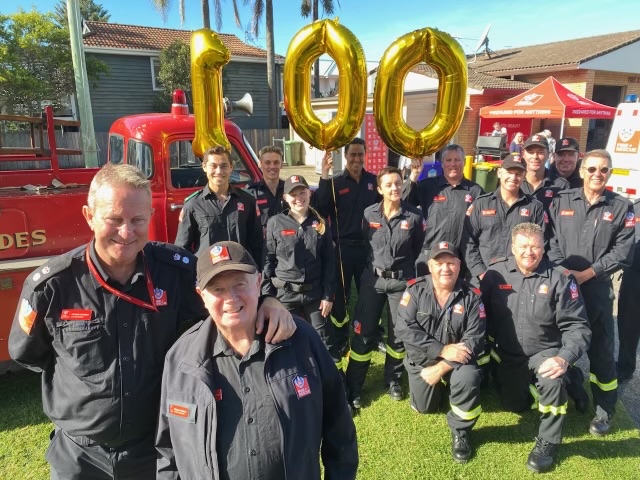
Zone Commander Peter Church and Thirroul Fire Station Captain Hedley Privett with the crew at Thirroul Fire Staton’s 100th anniversary ceremony. Photo: RFNSW.
At the station’s centenary ceremony on the weekend, attended by several dignitaries including Maryanne Stuart MP, Lord Mayor Wollongong Gordon Bradbury, Acting Commissioner Fire and Rescue NSW Megan Stiffler, Museum of Fire CEO Belinda McMartin, RFS, Ambulance NSW and SES senior officers and Aboriginal Elder Uncle Peter Button, Cpt Privett was presented with a 3rd Clasp National Medal for his 45 years of service.
He says over the decades much has changed. The gear is a far cry from the single hose of yesteryear and includes advanced technology such as heat mapping drones. The staffing capacity has roughly doubled, currently sitting at 21. And the demographic has changed somewhat.
“Years ago a large majority of the station would have been coal miners or may have worked at the coat works at Coal Cliff or the steelworks. These days we have builders, businesspeople; I was a teacher for 42 years,” Cpt Privett says.
But one thing that remains is the very thing that lured him to it as a boy more than 50 years ago.
“The community atmosphere, and the camaraderie,” he says. “We’re a pretty close-knit bunch, we always look out for each other.”








